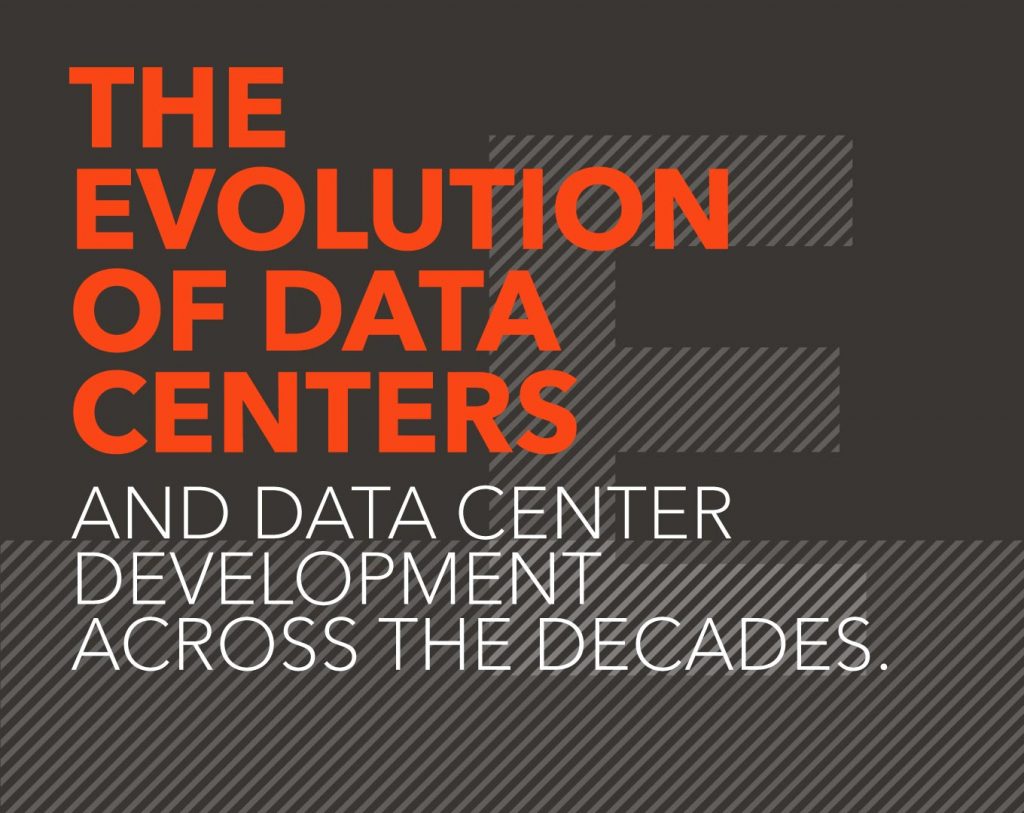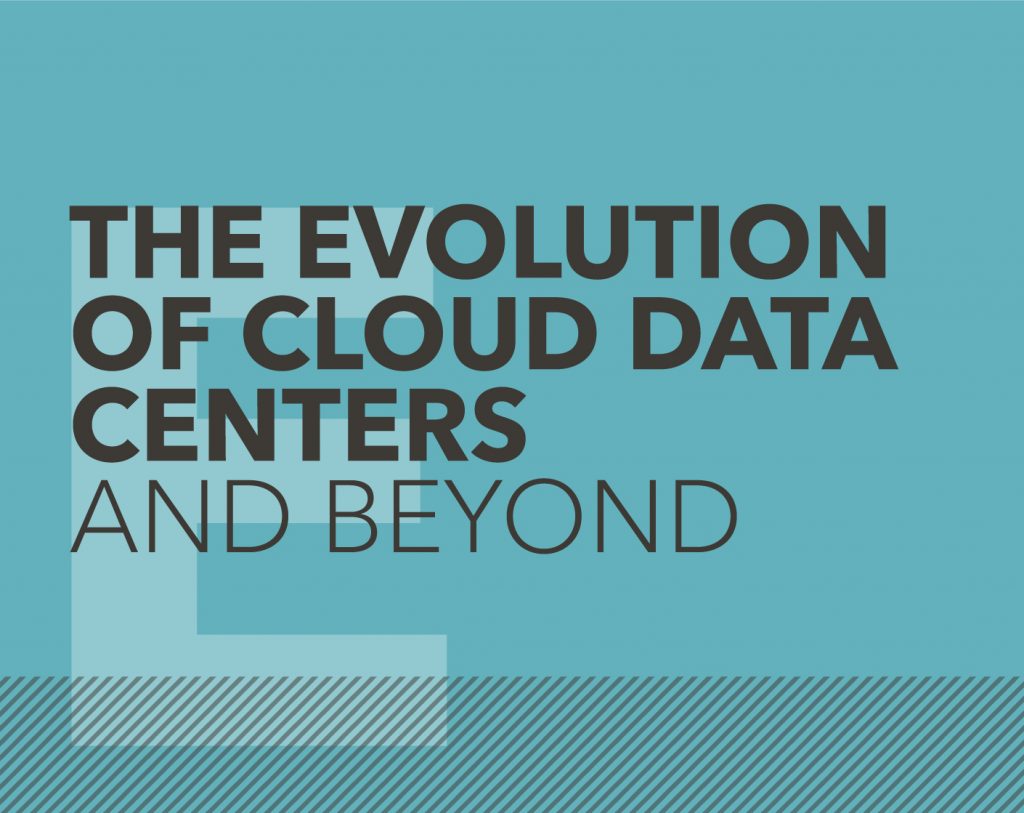A natural evolution from colocation data centers: why dedicated infrastructure is the future …
By Patrick McCreery, Regional Vice President Global Client Solutions APAC, Yondr
A new frontier has been reached – and for organisations seeking greater control, security, agility and scalability, partnering with experts to co-create purpose-built data centers has many benefits
Is your data-center strategy restricting the organisation’s agility, growth and innovation? Granted, it might not be the first thing business leaders think of revamping to speed up progress and better serve customers worldwide. But those who partner with an industry expert and co-create customisable data centers, which have reached an exciting evolutionary frontier, stand to gain a significant competitive advantage over rivals in the coming years.
The history of data centers is intertwined with and driven by the rise of the internet. Around the turn of the century, during the dot-com boom, they began sprouting – but in many respects, those original data centers bore little resemblance to the ones on the market today.
Now, the exponential rise in consumption of internet-based services – which has accelerated during the pandemic to accommodate the upswing in online communications, gaming and cloud services – has triggered a record level of demand for data-center developments globally.
Given the direction of travel, with edge computing and 5G growing in influence, I would suggest that while the data centers offered by traditional retail or wholesale colocation operators (colos) – which many organisations have opted for – have their pluses, they are possibly not the best long-term solution, especially for mature hyperscale customers.
In simple terms, colos rent out equipment, space, and bandwidth to retail customers. For businesses to thrive in the digital era, they require connectivity, flexibility, and the ability to scale at speed – these things are limited with colos. Hyperscale customers will be looking for more specialisation as they grow their footprint in each market.
On top of that, colos are not energy efficient, give customers little control over their operations, and will only become more costly. For this reason, dedicated infrastructure, co-created with an expert such as Yondr, is a natural evolution of colos, and a better long-term solution.
A case to evolve to dedicated infrastructure
Two decades ago, colos started effectively as carrier hotels, bringing telco networks together. It was all about connectivity, and then offering it at scale when, around 2003, wholesale data centers – boasting more extensive square footage and greater kilowatt capacity – entered the market. But neither critical infrastructure nor operational resilience were part of the package.
This situation didn’t change even when swaths of businesses and industries – and sizeable public cloud companies especially – started relying on colos, whose providers want to milk these cash cows for as long as possible. As a result, there has always been a worrying dependence on third parties for a shared resource, and there is a massive operational risk if something goes wrong.
A number of operational incidents that have impacted customer revenue and reputation highlight the precariousness of embracing public cloud solutions and colos. Moving to dedicated infrastructure supporting their system-wide resilience provides the best chance of an always-on business.
Admittedly, there are several benefits of using colos. These include providing reasonable rack-space capacity and connectivity – but there is a limit to how much and how quickly you can scale if you share space with multiple companies. Plus, if you want to enter a new geography or market, choosing a colo often makes economic sense.
Mindful of the push for greater sustainability and carbon neutrality, it’s important to note that data centers are electricity-intensive. Consider, for example, that in 2020 data centers consumed about 7% of Singapore’s total power output, according to CBRE. And this energy demand is projected to surge to 12% in the coming years in the Asian country. It’s the same across the world. But colos are energy inefficient, with customers using roughly 50% of their power.
Weighing up costs for long-term success
Additionally, CBRE calculates data center rental prices globally will skyrocket by 6% in 2022, partly due to continued, pandemic-induced supply chain issues in Asia-Pacific, including material shortages and shipping delays. As colo asking rates are likely to increase, with new development impeded by space and power constraints, many are weighing up the vertical construction of bespoke data centers.
In the last half-dozen years, tech titans like Microsoft and Facebook followed AWS’s lead in gobbling up and then self-building data centers, with servers, network equipment and software, marking the third evolutionary step. The availability zones offered by hyperscale data centers signified a paradigm shift.
More innovative players, like Yondr, have identified a huge opportunity to evolve data centers further. This next generation of platforms promises to supply incredible performance, tech capabilities, and dedicated infrastructure for large organisations with neither the time nor inclination nor expertise to build themselves.
The business case for dedicated infrastructure is increasingly compelling. Purpose-built spaces – complete with cooling systems, backup generators and much more – enable Yondr’s clients to grow within an existing unit and bypass yearly price increases in colos. We work alongside our customers to design data centers that suit their needs perfectly, ensuring excellent connectivity, security, performance and no oversupply of power.
While investment in dedicated infrastructure is more significant than colo rental, as it requires longer-term planning, the advantages are clear. Ultimately, organisations will minimise operational risk, have more control, can scale at speed, and enter new markets quickly.
The Yondr team has listened to clients and understands the pain points of colos. A combination of economic factors, supply chain issues, and the difficulty of traveling to some geographic regions to negotiate data center deals – something that Yondr, as a global player, can do – means dedicated infrastructure is an attractive alternative.
We are meeting a requirement and will continue to educate our clients about dedicated infrastructure. The bottom line is that this is an exciting opportunity to participate in this new market segment. Together, we can craft a roadmap that shows how clients will gain greater data center autonomy and, over time, save money.



